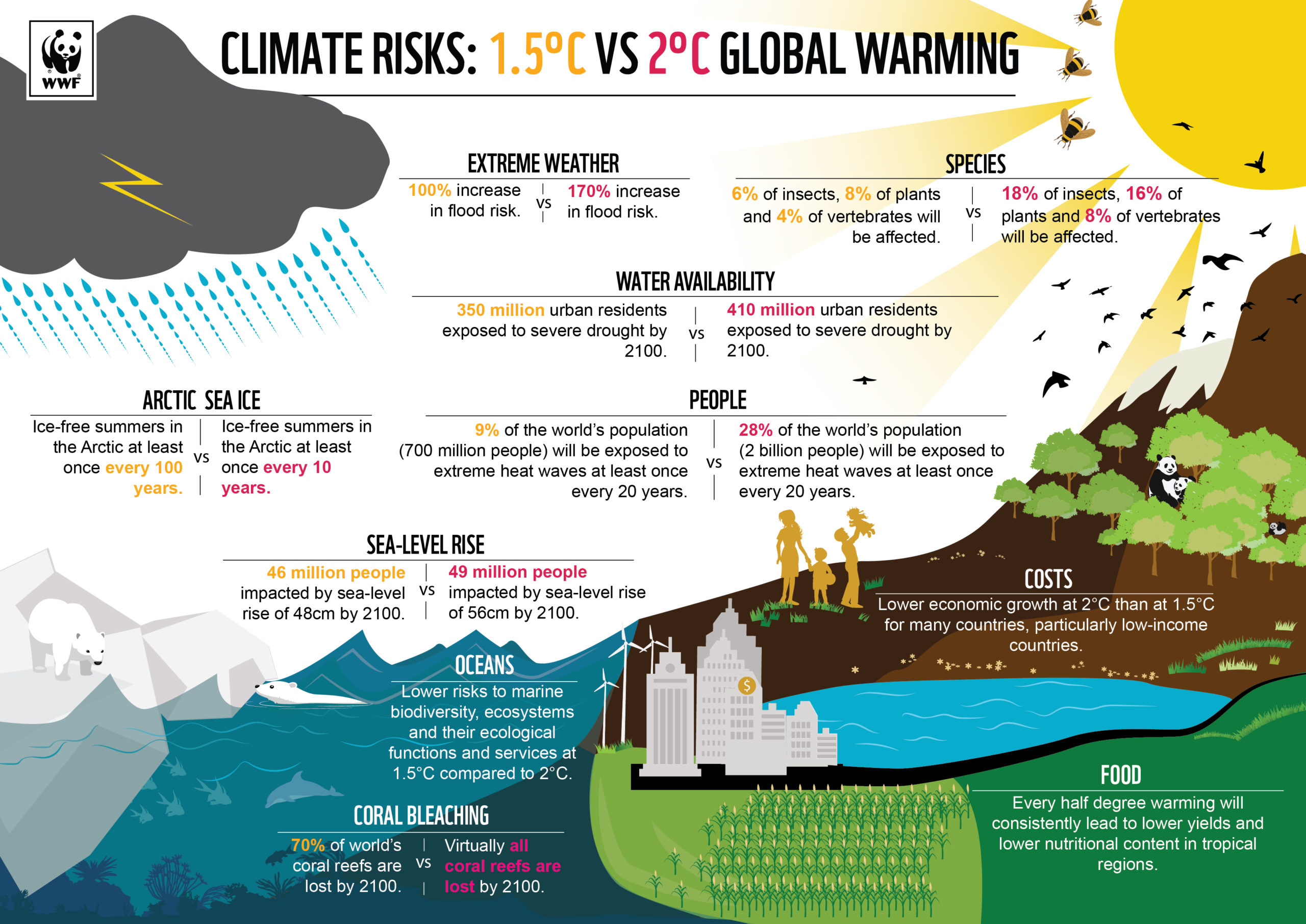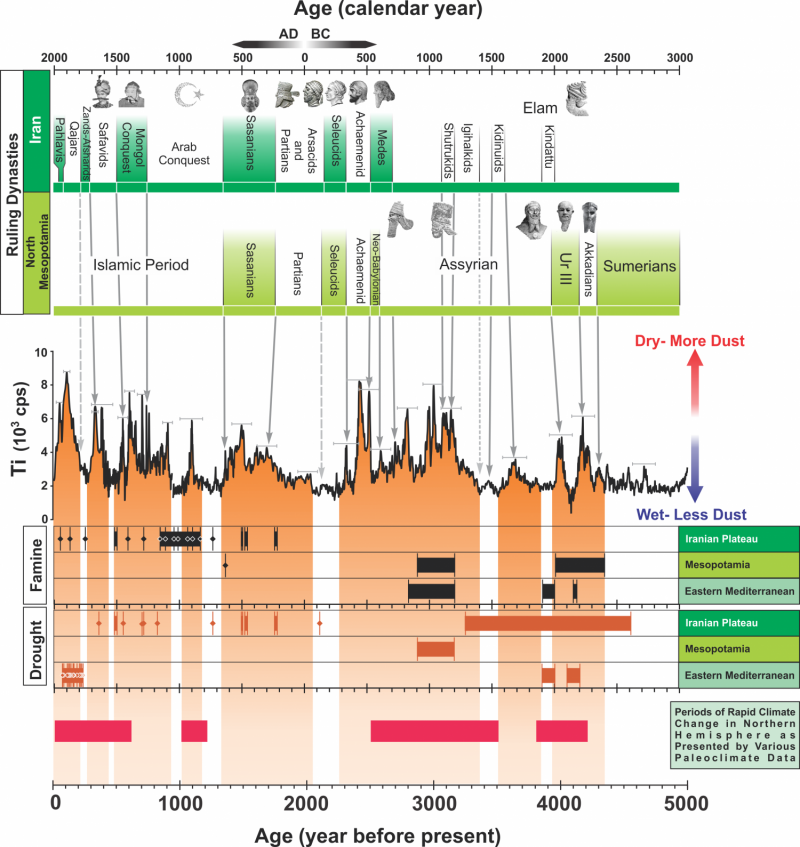Earth found its face nearly 4.5 billion years ago. Out of this timeline, happenings since 3 million years have been understandable so far.
Barely 5000 years’ span has been recorded in the world History.
But for the past 150 years, humans have really worked hard to fulfil one’s desires. We started with necessity and then proceeded even beyond contention to simultaneously and at times unintentionally, begin to poison the mother that nurtured us all along.
“We’ve been putting a lot of chemicals into the atmosphere. Temperatures are slowly going up globally, but we haven’t seen a huge, dramatic shift. However, complex systems are potentially vulnerable if you push too much”, explains a geoarchaeologist involved with the study.
“People tend to look at how far you can push things before suddenly everything changes. And that’s what’s considered the tipping point.”
Understanding the need of the hour, thousands of scientists have urged for stronger action to tackle the climate emergency, warning that several tipping points are now prominent.
Although, since acknowledgement of the crisis, world has seen norm-breaking pathways being adopted like coining the crime “Ecocide”, evolutionary Dutch Shell Energy case or the inspiring Paris Climate Agreement.
But the consensus document signed by these Scientists depicts that worldly governments have continuously and repeatedly failed to address “the overexploitation of the Earth”.
To analyze well enough, the Scientists accounted in a few ‘vital signs’ including deforestation, glacier control etc. Out of these 31 signs, 18 were not at all idealistic.
Starting with the least glacial ice in Greenland and Antarctica, to continuously depleting Amazonian forests to Global and ocean heat being record high for years now, all indicates a bigger problem.
“We need to respond to the evidence that we are hitting climate tipping points with equally urgent action to decarbonize the global economy and start restoring instead of destroying nature.”
The researchers believe that there is a “mounting evidence that we are nearing or have already crossed” a number of climate tipping points.
“Given these alarming developments, we need short, frequent, and easily accessible updates on the climate emergency”, the study adds.
We understand the urgency but what are these climate tipping points?
Climate tipping points are those irrevocable-incorrigible points acting as thresholds in centuries or longer past, where large and rapid changes induced by Humans to the natural world have occurred.
Many of these may be easily noticeable but most of the times, they prove difficult to be anticipated.
This is attributed to the relatively small or barely noticeable progressive changes in variables such as atmospheric carbon concentrations triggering them.
Scientists have found a few things that indicate well about approaching ‘tipping points’, dynamics such as ocean dynamics and rainfall patterns, tended to go slow beyond which they failed to recover from perturbations.
One of the co-authors add: “Earth’s recent past shows us how abrupt changes in the Earth system triggered cascading impacts on ecosystems and human societies, as they struggled to adapt”.
With the reasons being interlinked to each other, there is an observed cascading of impacts like low ocean oxygen levels compounded with high atmospheric CO2 and increased methane levels.
“We face the risk of cascading tipping points again now – but this time it is of our own making, and the impacts will be global”.
Although it is definitely normal to see experience fluctuations in precipitation and temperature from one year to the next.
“Faced with that risk, we could do with some early warning systems.”
Important Tipping Points to remember in past:
If we ask the Scientists involved with the study, there have been several instances in past of extreme climate events those happened so quickly that humans either had difficulty in adapting or proved being unable to adapt, to the new environment.
History has had close linkages with climate change, much to the amazement of its residents.
Bølling–Allerød warming event that happened nearly 15,000 years ago, saw the surface air temperatures rise high up to 14 degrees Celsius over Greenland effecting Vikings.
The infamous African humid period registered an end around 6,000-5,000 years ago, that led to regional changes in ecosystems and then-existing pre-historic human societies.
About 1,500 years ago, there was abrupt cooling observed in Europe, that led to unmeasurable changes in the naturally-occurring vegetation.
Although the cooling may had been caused by a natural phenomenon i.e. volcanic eruptions but the impacts this natural phenomena rendered on vegetation and farming patterns were so extreme that people experienced famine and societal reorganization altogether.
In South-east Asia, the ancient city of Angkor had faced climate wrath too. Humankind in the then-Angkor altered the natural water cycle to cultivate their crops using available irrigation.
And as the city expanded, so did the water system in that region till it got so strained passing a tipping point. The human-established system couldn’t handle more intense droughts or floods, and the precious city of Angkor collapsed.
A tipping point hidden in the ancient but advanced Harappan civilization?
Not a long time ago, a two-faced climate catastrophe attacked and devastated an entire civilization.
The monsoon patterns suffered a shift impacting all factors beyond but the pattern got reversed just right before the civilization declined, indicating a foul play by climate change in it.
Its gigantic cities, adorned with most complex of sewer systems, reservoirs and public baths, long predating the Roman Empire, all came to an abrupt and unsettling end.
Archaeological findings have suggested that Indus valley people abandoned their grand cities and settled somewhere in the south around present-day Indian state of Gujarat or diverted to Ganges valley system.
Even the biological evidence suggests the Harappans to have switched from winter crops like barley and wheat to those like millets conforming closer to summer rain conditions, similar to much changed agro-climatic conditions in the world.
“Their politics might change, the crops might change, the location of their cities changes, but they adapt”, as the clarification was provided by the team that uncovered truth about the vanished civilization.
It is to note that a few gaps do exist in the research and much more crude data needs to be collected for a clearer picture and quantified while some of the existing data lacks precision.
Now, we know that human footprint has never left the world undisturbed, anthropogenic climate change is totally not new.
So why we need such a coalescence of data?
Because any chance to detect such abrupt-discrete changes called the tipping points, can help avert even the small changes further leading to big impacts. Also, such detection may be easy and increase with a significant observation time.
The team is right to say: “It sounds counterintuitive, but to foresee the future we may need to look into the past”.




